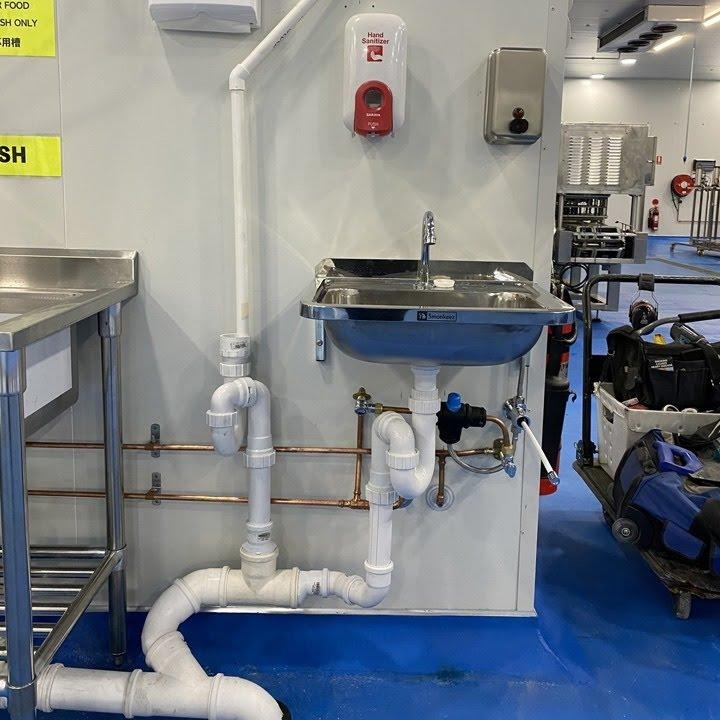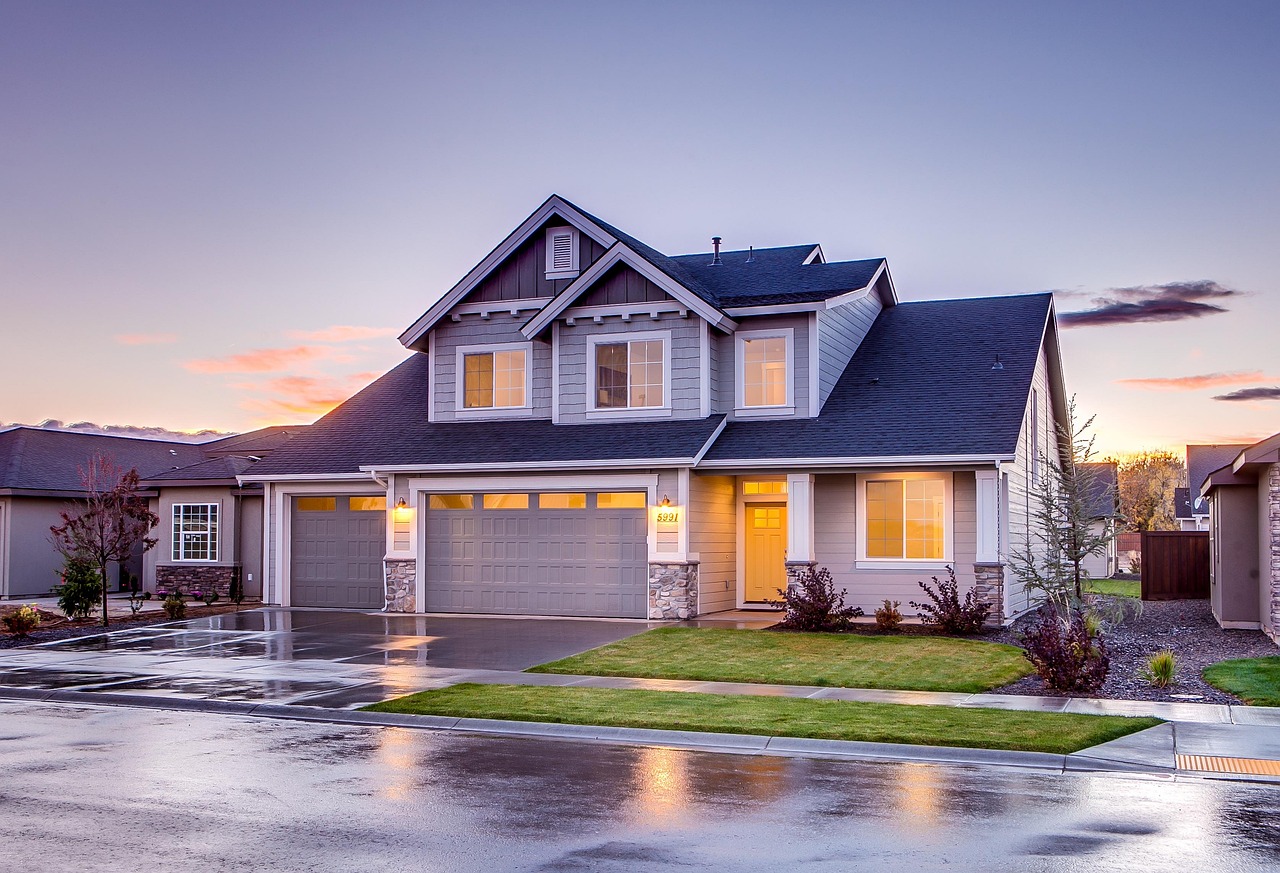Prefabricated wall panels are factory-manufactured wall sections engineered for rapid, precise on-site assembly. As Redbuilt explains, prefabricated wall panels offer modular, precision-built solutions for efficient installation and reliable performance. These integrated systems combine structural support, insulation, and finishing elements into single components that transform how modern buildings come together.
What Are Prefabricated Wall Panels?
Factory-built wall sections arrive at construction sites as complete, ready-to-install units. Each panel incorporates multiple building elements—framing, insulation, vapor barriers, and sometimes even electrical conduits—assembled under controlled conditions. This approach replaces traditional stick-built methods where crews construct walls piece by piece at the job site.
The precision manufacturing process ensures consistent dimensions and quality across every component. Panels connect through engineered joining systems that align perfectly, creating continuous wall assemblies in hours rather than days. This systematic approach suits projects ranging from single-family homes to multi-story commercial buildings.
Benefits of Prefabricated Wall Panels
Cost and Labor Efficiency
Manufacturing walls in controlled environments reduces labor costs by 30-50% compared to traditional framing. Skilled factory workers produce multiple panels simultaneously while construction teams prepare foundations. This parallel workflow compresses project timelines and minimizes expensive on-site labor hours.
Faster Installation and Project Delivery
Complete wall sections install in days rather than weeks. A typical residential project sees exterior walls erected within 2-3 days, compared to 2-3 weeks for conventional framing. Interior panels follow similar efficiency patterns, allowing trades to begin electrical and plumbing work sooner.
Consistent Quality and Structural Durability
Factory production eliminates weather-related material degradation and human error common in field construction. Computer-guided cutting ensures precise openings for windows and doors. Quality control inspections catch defects before panels leave the facility, resulting in structures that maintain dimensional stability throughout their service life.
Reduced On-Site Waste and Improved Sustainability
Precision cutting in factories generates 75% less waste than job site construction. Excess materials get recycled immediately rather than hauled to landfills. The controlled environment also prevents material loss from weather damage, theft, or mishandling.
Minimized Weather Delays
Since panels arrive ready for immediate installation, exposure to rain, snow, or extreme temperatures drops significantly. Buildings reach weathertight status faster, protecting interior work from moisture damage and keeping projects on schedule regardless of seasonal conditions.
Construction Process and Installation
Factory Production Workflow
Design teams translate architectural plans into manufacturing specifications using specialized software. Production lines cut lumber or other materials to exact dimensions, assemble framework components, add insulation layers, and apply sheathing. Each stage includes inspection checkpoints to verify compliance with structural requirements.
Delivery Logistics and Job Site Preparation
Panels ship in sequences matching installation order, minimizing handling at the construction site. Foundation crews prepare anchor points and verify dimensions while panels undergo final factory inspections. Crane operators and installation teams coordinate delivery schedules to maintain workflow efficiency.
Assembly Steps and Labor Requirements
Installation begins with corner sections to establish reference points. Crews position panels using cranes or forklifts, secure connections with engineered fasteners, and seal joints with appropriate materials. A four-person team typically installs 20-30 panels per day, depending on size and complexity.
Integration with Building Systems
Load-bearing panels incorporate structural elements that support floor and roof loads without additional framing. Non-structural versions attach to steel or concrete frameworks as infill components. Both types accommodate standard mechanical, electrical, and plumbing systems through pre-cut channels and access points.
Types, Materials, and Performance
Key Material Options
Wood-based panels dominate residential construction, using engineered lumber products for consistent strength. Concrete panels serve commercial and institutional projects requiring fire resistance and acoustic isolation. Composite materials combine multiple elements—steel frames with foam cores, for example—to achieve specific performance targets. Each material brings distinct advantages in weight, durability, and thermal properties.
Structural Classifications
Load-bearing panels carry vertical loads from floors and roofs directly to foundations. These typically feature thicker framing members and enhanced connection details. Non-structural panels function as curtain walls or interior partitions, providing enclosure without supporting building loads. Cladding panels attach to existing structures as weather-resistant exterior surfaces.
Acoustic and Thermal Properties
Interior panels achieve Sound Transmission Class (STC) ratings of 45-65, suitable for residential and office applications. Exterior assemblies reach R-values between 20 and 40, depending on insulation thickness and material selection. High-performance options incorporate phase-change materials or vacuum-insulated panels for extreme climate conditions.
Design Customization and Applications
Modular and Custom Solutions
Standard panel dimensions accommodate typical room heights and structural spans. Custom configurations handle unique architectural features, curved walls, or unusual openings. Digital design tools enable rapid prototyping and visualization before production begins.
Surface Finishes and Aesthetic Options
Exterior surfaces accept various cladding materials—brick veneer, metal panels, fiber cement, or traditional siding. Interior faces come primed for painting or finished with drywall ready for immediate decoration. Textured concrete panels eliminate separate finishing steps in industrial applications.
Building Type Compatibility
Single-family homes benefit from rapid weatherization and reduced construction loans. Multi-family projects leverage repetitive designs for economy of scale. Commercial buildings utilize large-format panels to enclose vast spaces quickly. Educational and healthcare facilities appreciate the acoustic performance and cleanroom-compatible surfaces.
Cost Factors, Value, and Lifecycle Performance
Initial Investment vs Long-Term Savings
Upfront costs range from $15-50 per square foot, depending on materials and complexity. However, shorter construction periods reduce financing costs by 10-20%. Energy savings from superior insulation and air sealing typically recover premium costs within 5-10 years.
Impact on Project Economics
Reduced site supervision, equipment rental, and weather delays translate to 15-25% lower total project costs. Predictable installation schedules enable better cash flow management and earlier occupancy. Minimal rework and callbacks protect profit margins for contractors.
Performance Over Time
Factory-built assemblies maintain dimensional stability better than field-constructed walls, reducing maintenance needs. Integrated moisture barriers and proper sealing extend service life beyond traditional construction. Many manufacturers offer 20-year warranties on structural components.
Specifications, Standards, and Sustainability
Building Code Compliance
Most panels meet or exceed International Building Code requirements for structural capacity, fire resistance, and energy efficiency. Third-party testing verifies compliance with ASTM standards for materials and assemblies. Local jurisdictions increasingly recognize factory-built components as equivalent to site-built construction.
Environmental Considerations
Sustainable sourcing programs ensure wood comes from certified forests. Recycled content in steel and concrete panels reduces environmental impact. Energy modeling demonstrates 20-40% reductions in operational energy use compared to code-minimum construction. Several manufacturers achieve carbon-neutral production through renewable energy and offset programs.
The evolution toward factory-built wall systems represents a fundamental shift in construction methodology. As builders seek solutions that balance speed, quality, and sustainability, these engineered assemblies deliver measurable improvements across all metrics. From small residential projects to large commercial developments, the precision and efficiency of manufactured wall components continue reshaping how modern structures take form.




Want to add a comment?